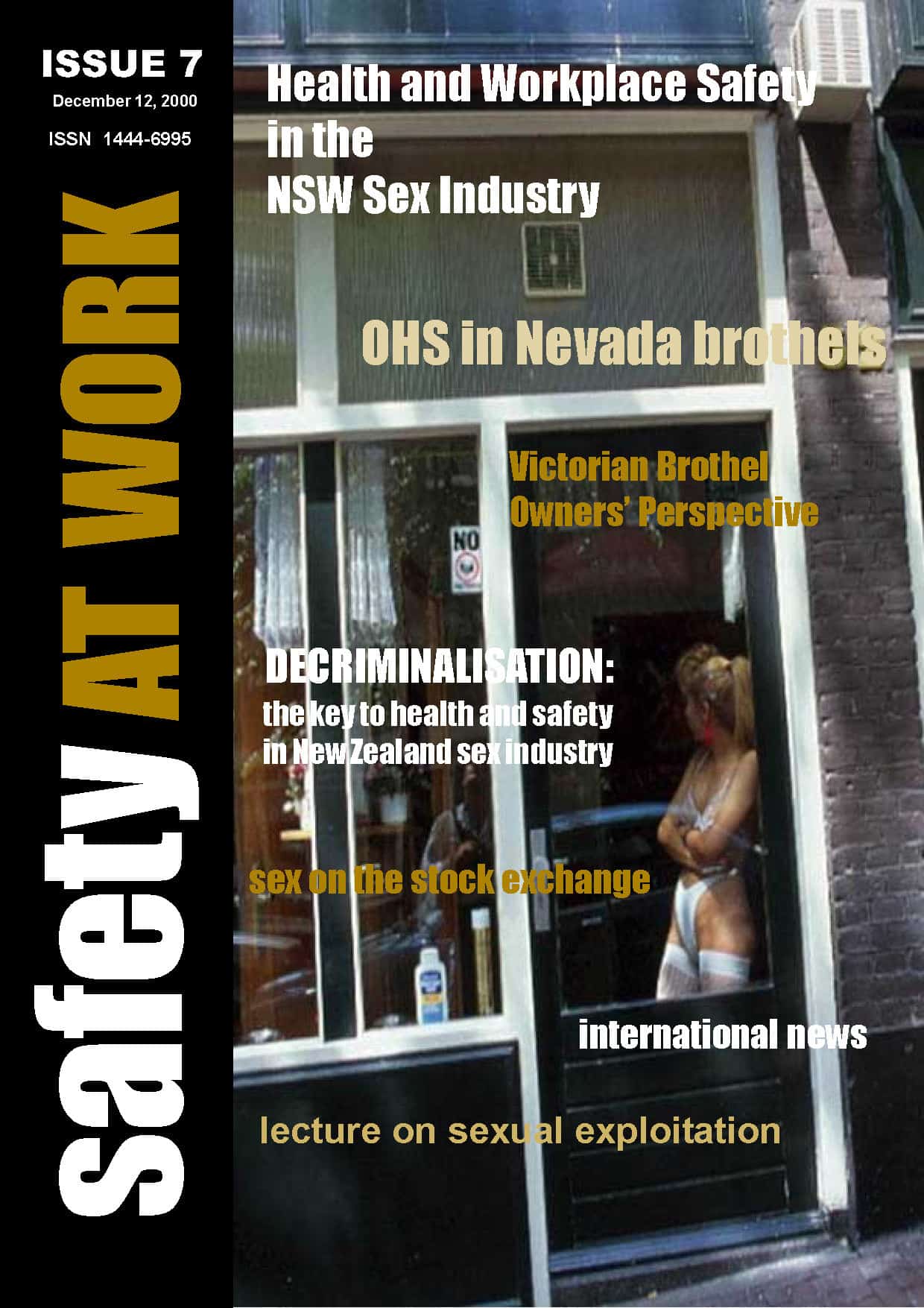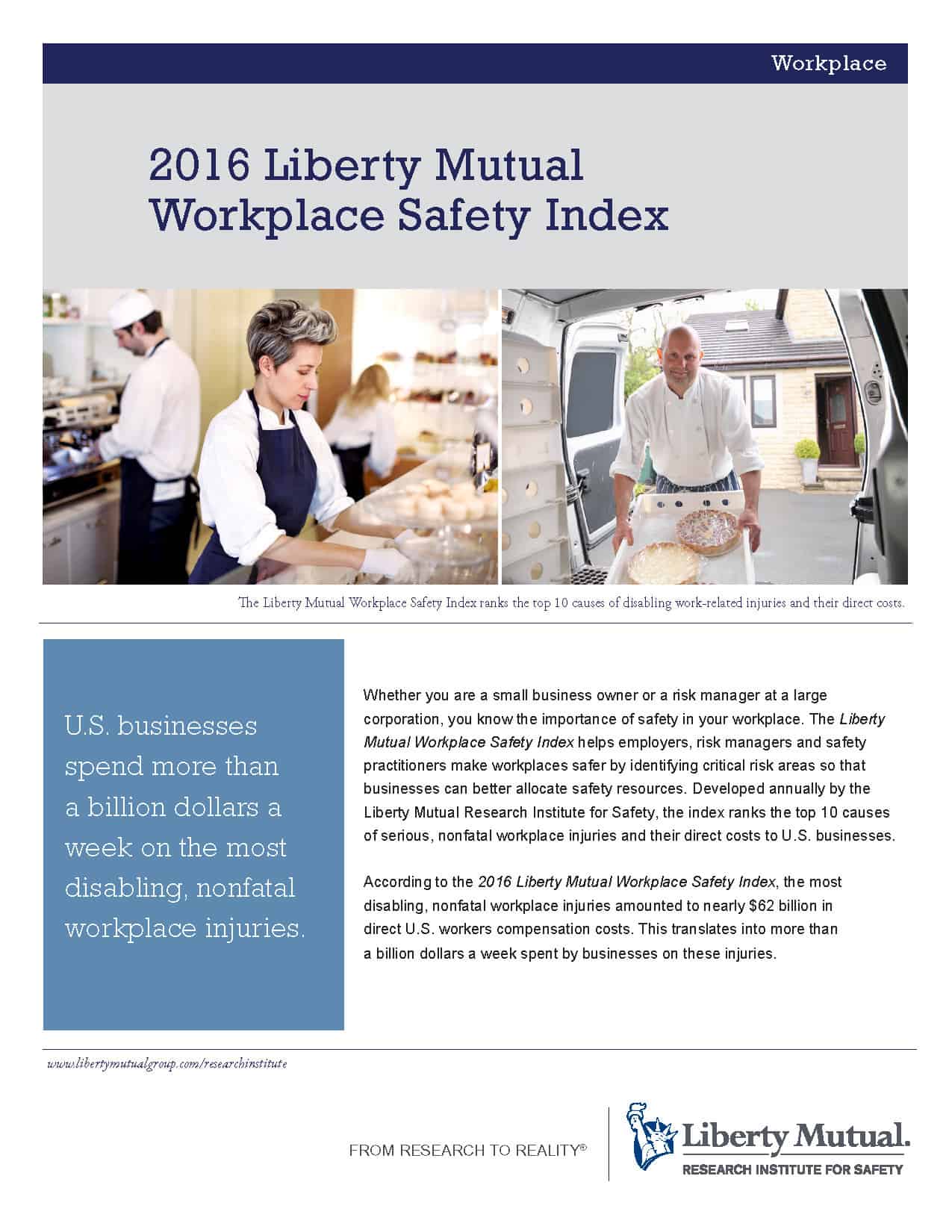
Consumer Affairs Victoria (CAV) is seeking public comment on some proposed revisions of the Sex Work Regulations. Several revisions specifically address workplace safety issues but also indicate out-of-date thinking on worker safety and safety management.
Victoria licences its brothels and, as such, the occupational health and safety (OHS) laws apply as they do to all workplaces. However, the regulators of the sex industry seem to perceive OHS usually in terms of sexual health and hygiene even though statistics have shown that these issues are low risk hazards. This perception has lasted well over a decade as this 2000 article from National Safety magazine shows. Continue reading “Sex Work regulations review safety obligations”


